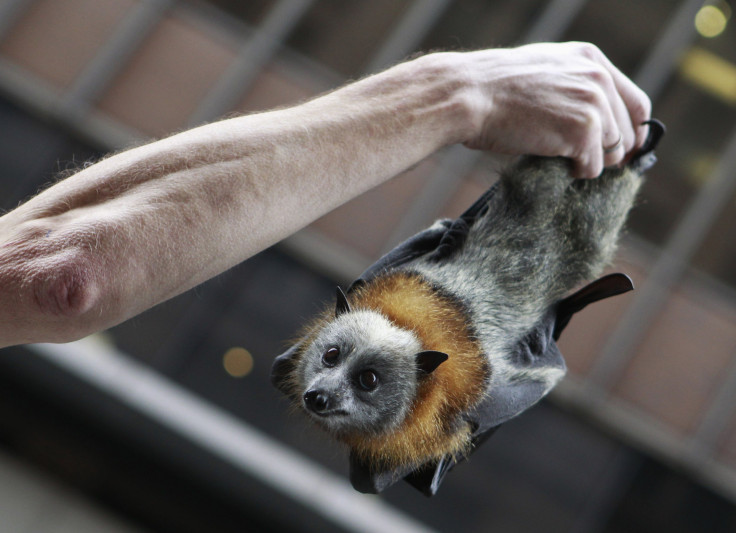Australian heatwave kills more than 700 flying foxes

Australia is home to the most dangerous and exotic animals in the world. The flying foxes are some of the exotic animal that could breed life-threatening diseases. However, they help with pollination. Recently, Australia has experienced a heat wave wherein it has become a catastrophic event for the country’s grey-headed flying foxes.
According to Wildlife Aid Inc, thousands of flying foxes have been dropping dead in parts of South Australia and New South Wales. The most affected area is Singleton in NSW. The temperature in this area has reached 47C (116F) during the weekend. Although the exact number of bat deaths is not yet known, the figures are still to rise as the temperature stays steadily high.
The unexpected number of deaths has led wildlife officials with a job of cleaning up the bodies of the flying foxes. Some are reported to still be hanging upside down from the trees. In the Wildlife Aid Inc report, it is said that the main reason for this is that they have been displaced from their natural habitat. Over the past decades, there have been more sightings of these animals in suburban and built-up areas of Australia. This means that there is less natural shade for them to cool down.
"To a certain degree it is a natural event, however they're not in a natural environment due to human disturbance," Jaala Preslan, a Wildlife Aid Inc bat coordinator, told Australia 9News. "In a normal camp you'd have canopies and they'd be able to get down low."
"Once it gets beyond about 42 degrees, the bats start to struggle with the heat, they're not able to cope with it," Richmond Valley Council general manager Vaughan Macdonald said. "What happens is they literally fall out of the trees onto the ground because they're just dehydrated and they've lost all energy."
Joint effort by the locals has been put into action to helping these giant bats stay alive. Macdonald said that Wildlife Rescue (WIRES) as well as the Northern Rivers Wildlife Carers representatives have gathered in Casino and attempted to rehydrate some of the bats. Furthermore, Rural Fire Service crews also sprayed water into the trees.
Macdonald added that the bats still continue to drop from the trees during the week. Most often, they die in the tree and eventually fall out of it over the week. He also estimates that at least 2,000 more bats died along the Richmond River area. Fortunately for the bats, conservationists and thousands of Australians, the temperatures are expected to tone down this week.




















